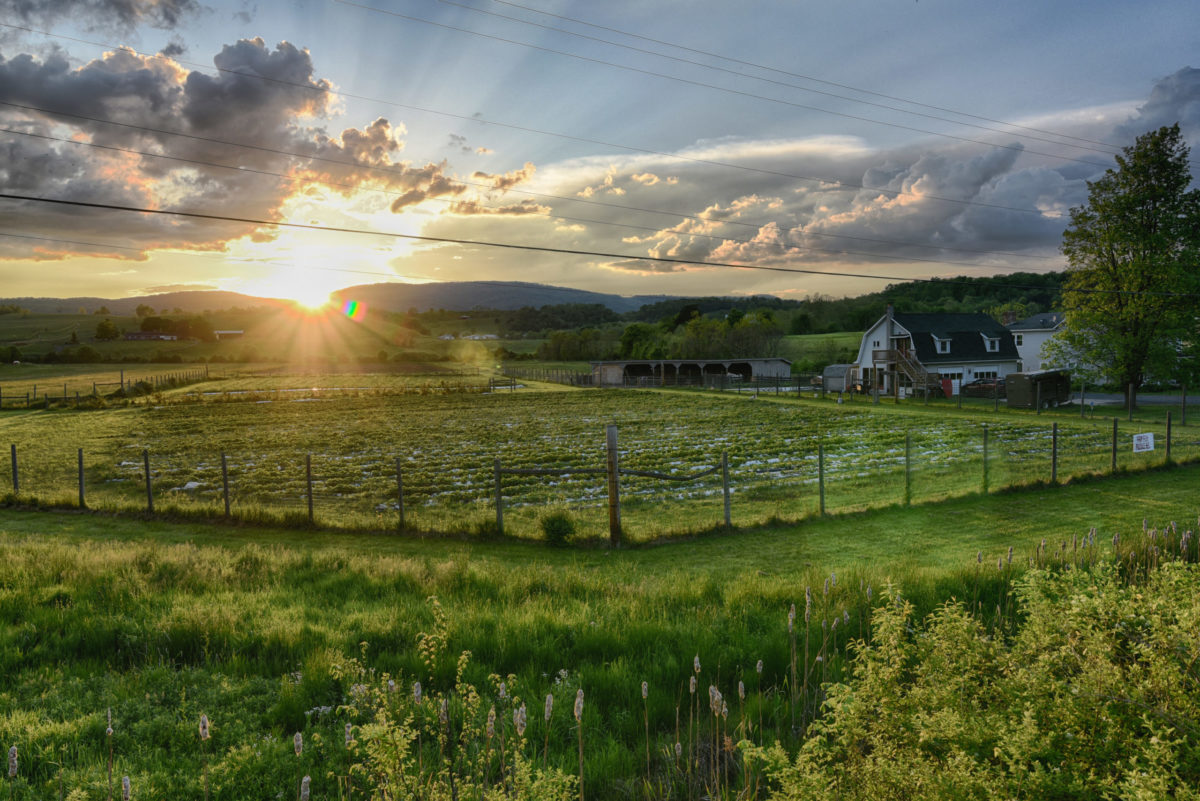Secrets Of West Virginia’s Mine War Battle Sites

Have you ever wondered about the hidden stories behind West Virginia's Mine War Battle Sites? These historic locations tell tales of bravery, struggle, and resilience. From the Battle of Blair Mountain to the Paint Creek-Cabin Creek strike, each site offers a glimpse into the past. Visiting these places isn't just about seeing old buildings or reading plaques. It's about stepping into the shoes of miners who fought for better working conditions. Whether you're a history buff or just curious, exploring these battle sites can be a moving experience. Ready to dive into the rich history of West Virginia's mine wars? Let's get started!
Unearthing the History of West Virginia's Mine Wars
West Virginia's Mine Wars were a series of early 20th-century labor disputes between coal miners and coal companies. These conflicts left a lasting mark on the region, with several key battle sites still standing today. Let's explore some of these historic locations.
Matewan: The Site of the Matewan Massacre
Matewan, a small town in Mingo County, witnessed one of the most significant events of the Mine Wars. The Matewan Massacre occurred on May 19, 1920, when a shootout erupted between Baldwin-Felts detectives and local miners.
Matewan Depot Replica Museum: This museum offers a detailed account of the Matewan Massacre, complete with artifacts and exhibits that transport visitors back to that fateful day.
Historic Matewan Walking Tour: A guided tour through the town highlights key locations, including the site of the shootout and the homes of prominent figures involved in the conflict.
Blair Mountain: The Largest Armed Uprising
Blair Mountain, located in Logan County, was the site of the largest armed uprising in U.S. history since the Civil War. In 1921, thousands of miners clashed with law enforcement and company guards in a bid for better working conditions.
Blair Mountain Battlefield: This historic site offers hiking trails that lead visitors through the rugged terrain where the battle took place. Interpretive signs along the trails provide context and history.
West Virginia Mine Wars Museum: Located in nearby Matewan, this museum features exhibits on the Battle of Blair Mountain and the broader Mine Wars, offering a comprehensive look at the struggles of coal miners.
Paint Creek-Cabin Creek Strike: A Prelude to Conflict
The Paint Creek-Cabin Creek Strike of 1912-1913 set the stage for the larger conflicts that followed. This strike saw violent clashes between miners and coal operators, leading to significant changes in labor laws.
Paint Creek Scenic Trail: This trail follows the path of the historic strike, with markers and plaques detailing the events that unfolded along the way.
Cabin Creek Quilts: These quilts, created by the wives of striking miners, tell the story of the strike through intricate designs and patterns. They can be viewed at various local historical societies.
The Battle of Evarts: A Kentucky Connection
While not in West Virginia, the Battle of Evarts in Harlan County, Kentucky, was closely related to the Mine Wars. This 1931 conflict saw miners and company guards clash in a violent confrontation.
Harlan County Coal Miners Memorial: This memorial honors the miners who fought and died in the Battle of Evarts, providing a somber reminder of the sacrifices made during the Mine Wars.
Kentucky Coal Mining Museum: Located in Benham, Kentucky, this museum offers exhibits on the Battle of Evarts and the broader coal mining history of the region.
The Legacy of the Mine Wars
The Mine Wars left an indelible mark on West Virginia and the labor movement in the United States. Visiting these historic sites offers a glimpse into the struggles and triumphs of coal miners who fought for their rights.
West Virginia State Museum: Located in Charleston, this museum features a comprehensive exhibit on the Mine Wars, including artifacts, photographs, and personal stories from those who lived through the conflict.
Mount Hope Coal Mining Museum: This museum in Fayette County provides a detailed look at the daily lives of coal miners, with exhibits on the Mine Wars and the impact of coal mining on the region.
Discovering History in West Virginia
West Virginia's mine war battle sites offer a unique glimpse into the past. Visiting these locations, you can feel the struggles and triumphs of miners who fought for better working conditions. Each site tells a story of courage, resilience, and the fight for justice.
Exploring these historical places, you gain a deeper understanding of the state's rich heritage. From the Matewan Massacre to the Battle of Blair Mountain, these events shaped the labor movement in America.
Planning a trip to these sites not only educates but also inspires. You walk away with a sense of appreciation for the sacrifices made by those who came before us. So, pack your bags, hit the road, and immerse yourself in the history of West Virginia's mine wars. It's a journey worth taking.

